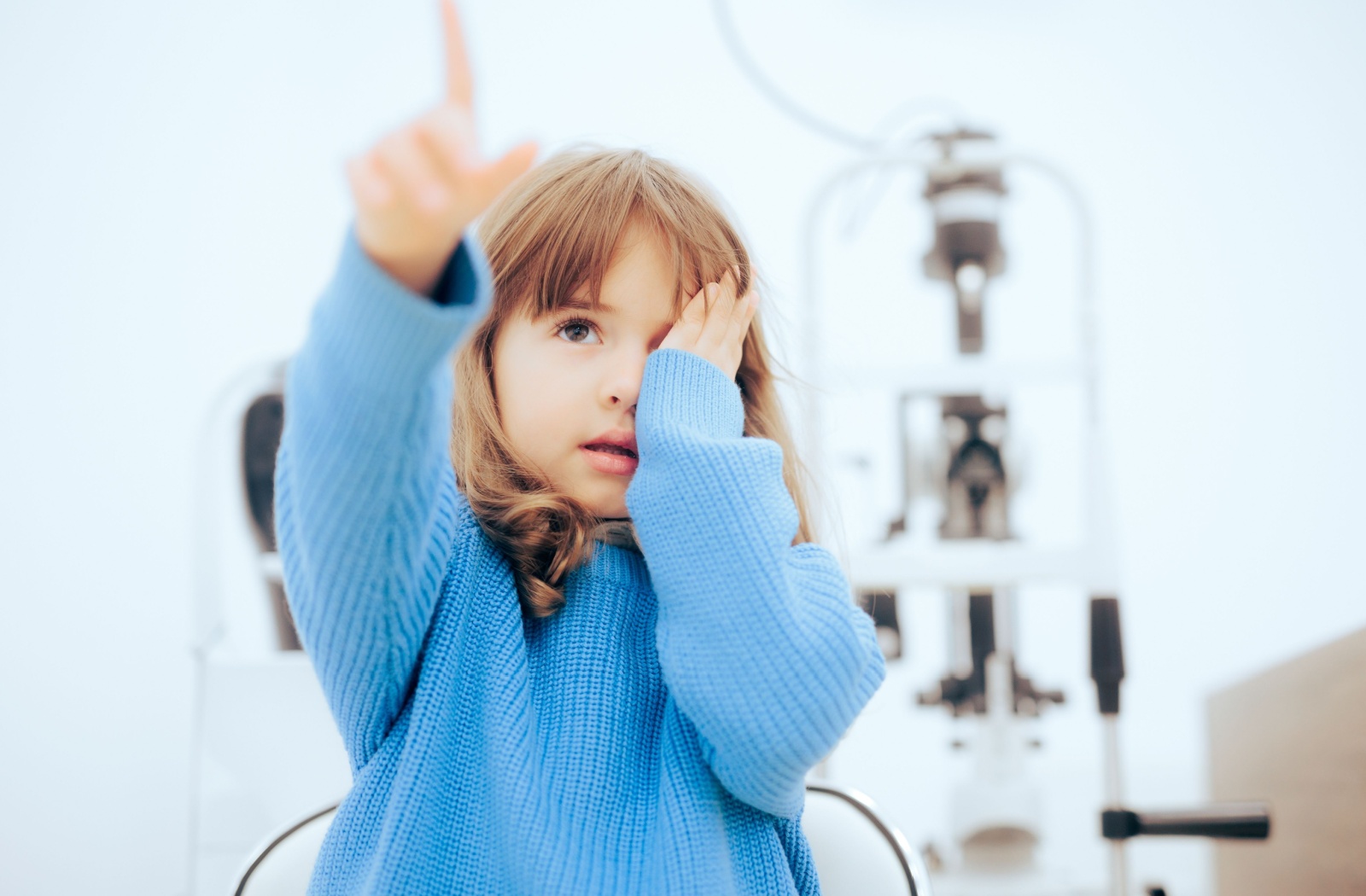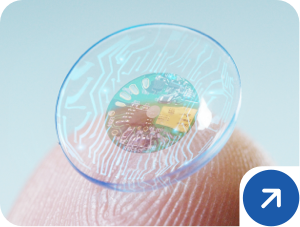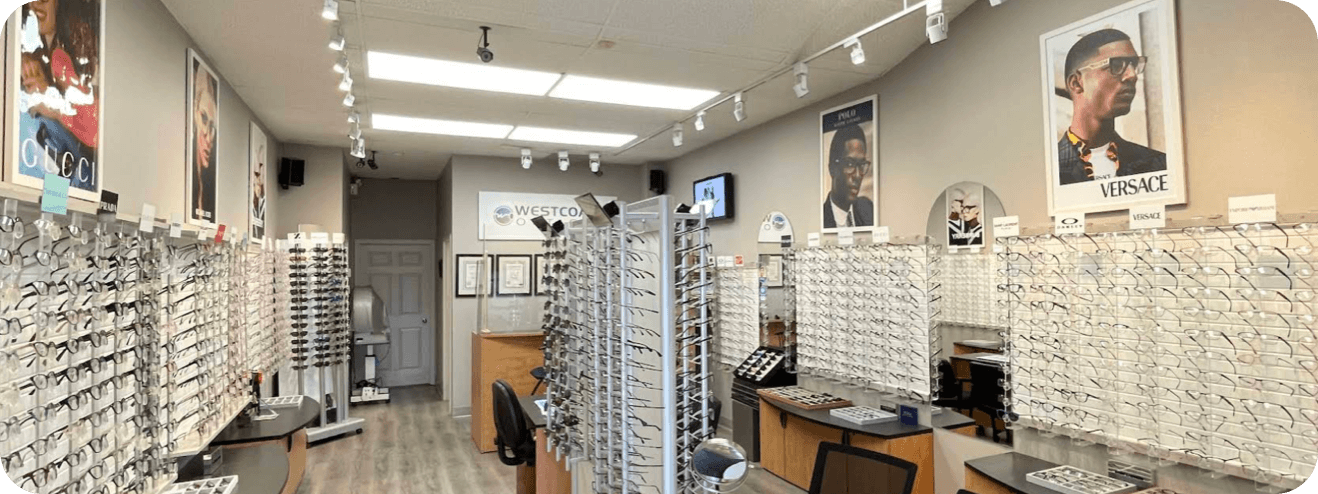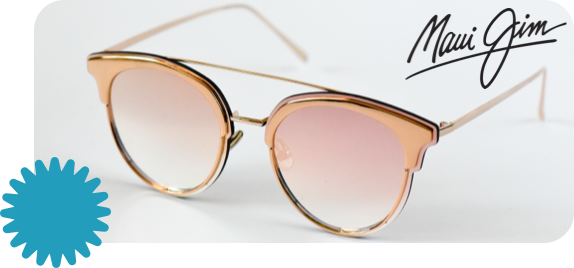As a parent, it’s natural to want what’s best for your child. So after a myopia diagnosis, it’s time to be proactive; this condition can significantly change your child’s vision over the years. But does it get worse with age? What are the long-term risks of myopia?
Myopia typically worsens over the years until around the age of 20 or so. Throughout this time, your child’s eyes will constantly change as they grow. In some situations, extreme cases of myopia can lead to vision loss and blindness, but it’s important to note that this is rare.
If your child is diagnosed with myopia, prompt intervention is key to preserving their future vision.
What is Myopia?
Myopia is a common refractive error, meaning that the condition directly affects how your eye refracts light. This vision condition develops when the eyeball grows too long or the cornea becomes too curved. As light rays enter the eye, they bend incorrectly due to this unusual shape, and they can’t focus where they need to.
This causes objects to become blurry the further they get from the eye. Because of this, myopia is often called “nearsightedness.” Myopia usually begins to develop during school years; as your child grows, their eyes will constantly change, so this condition often gets worse. Eventually, it stabilizes around the age of 20 or so.
The Long-Term Risks of Myopia
Myopia isn’t just about poor vision. Because myopia is closely linked with a misshapen eye, it can significantly increase the chance of your child developing serious eye conditions in the future; the higher their myopia, the higher this risk becomes.
Extreme cases of myopia can lead to a higher risk of:
- Glaucoma
- Retinal damage
- Cataracts
- Myopic maculopathy
It’s important to note that while these risks exist, they aren’t a guaranteed outcome—regular checkups and prompt intervention are key with this condition.
The Early Signs of Myopia
With myopia, there is good news; early intervention gives you the chance to step in and help give your child clear vision. While there currently is no known cure for myopia, it can be effectively managed with the help of an experienced optometrist.
The early signs of myopia include:
- Squinting or closing one eye to see clearly
- Sitting too close to the TV or holding devices very close to the face
- Difficulty seeing distant objects, like road signs or the classroom board
- Frequent eye rubbing or blinking
- Complaints of headaches or eye strain
If you notice any of these signs in your child, it’s time to book an eye exam.
How to Treat Myopia
There is good news! Because myopia is so common, it’s also highly treatable. While it can’t be cured, there are simple ways to help keep your child’s vision clear.
Typically, the simplest approach is through a pair of eyeglasses or contact lenses. These alter light before it reaches the eye to make up for the unusual shape, making it much easier to see at a distance. It’s important to note that eyeglass prescriptions and contact lens prescriptions aren’t the same, so you’ll need to choose which approach to take.
While contacts are more convenient, some people may find them more uncomfortable than traditional eyeglasses. They also require much more care to prevent contamination or infection.
Remember—whether your child uses contact lenses or eyeglasses, regular eye exams are crucial to make sure their prescription remains up-to-date as their eyes change over the years. Myopia won’t stabilize until their early adulthood years, so annual eye exams are recommended!
What is Myopia Control?
After a myopia diagnosis, your optometrist will likely mention something called “myopia control.” This is a proactive way to address the situation—myopia control is a mix of strategies designed to give your child clear vision throughout the day while slowing the eye’s elongation.
Myopia control typically uses a mix of:
- Atropine eye drops
- Customized eyeglass lenses
- Specialty contact lenses
Through these and other relevant treatments, myopia control can be an excellent way to invest in your child’s future. Each child is unique, and what works best for one may not be ideal for another. That’s why it’s crucial to work closely with your optometrist to determine the most suitable myopia control strategy for your child.
While it can’t stop myopia entirely, myopia control can often reduce myopia progression by up to 50% or more, making it an incredible answer to the problems myopia often poses.
Experience the Beauty of Sight
At West Coast Optical, we’re committed to providing comprehensive eye care and personalized strategies to keep your child’s vision clear and comfortable as they grow. If your child has myopia, contact our team; we can build a plan to preserve their vision as they grow. Book an appointment with us today!















